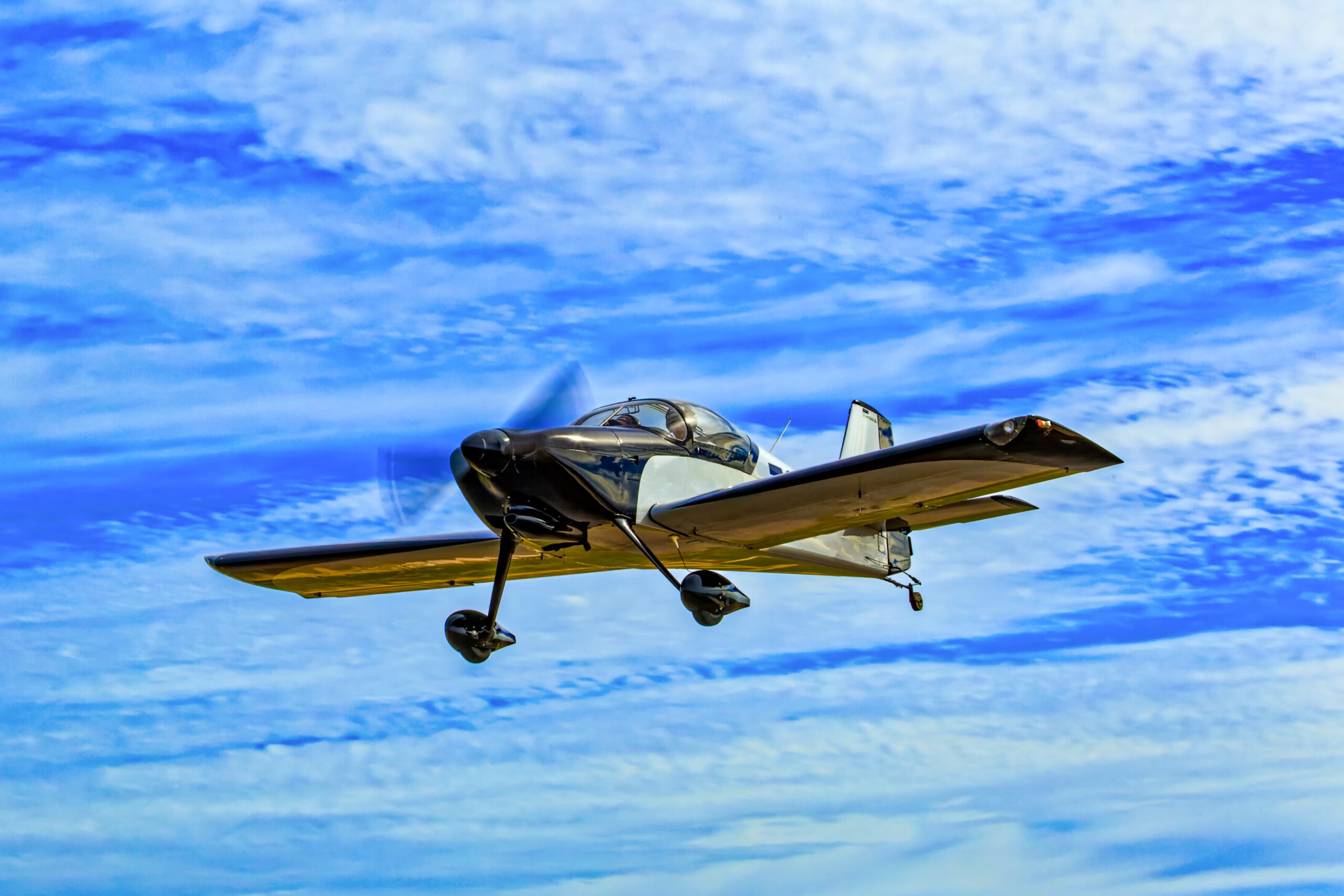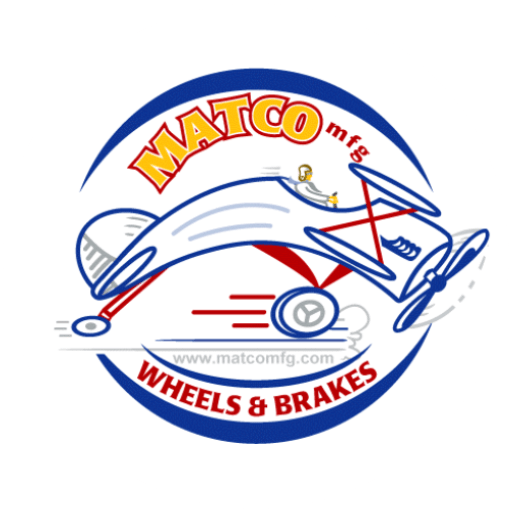
Owning and operating a personal aircraft requires pilots to become well-versed in a wide range of aerospace components and technologies, so they can take responsibility for their own aircraft troubleshooting and spot and address potential issues in the early stages. Understanding how these systems work, how they interact with their service environments, and common issues to watch for empowers pilots to manage airplane maintenance and aircraft troubleshooting with confidence.
Two important areas to understand are the aircraft wheels and the braking system.
Common Wheel Issues
Because airplane wheels are directly exposed to the elements while in service, they are more susceptible to wear and tear than other components of the aircraft. Understanding common aircraft wheel issues is key to mitigating damage and extending the life of the component.
A brief note: While wheels and tires operate in tandem, they are different components that serve different functions and are vulnerable to different types of damage. Troubleshooting aircraft tire issues is a different topic.
Corrosion or Damage
Aircraft wheel corrosion is the product of repeated exposure to:
- Water, either on the runway or in the form of rain, snow, sleet, and other precipitation.
- Dust and dirt.
- De-icing products on runways.
Even a small point of contact can cause corrosion pitting. Corrosion pitting can quickly lead to stress concentration and fatigue cracking, which can have severe consequences. Additionally, corrosion damage on aircraft wheels can impact the performance of aircraft brakes.
Steps can be taken during manufacturing to prevent corrosion, such as using anodized materials. Designing wheels with their service environment in mind can make a meaningful difference in component lifespan. Because the wheel bearing bore is the most vulnerable to corrosion, these sensitive components are often protected with felt discs. Greasing and replacing these discs on a regular basis is key to preventing corrosion and related damage.
The most powerful protection against corrosion-related issues is regular inspection, ideally before every flight. Inspection is an important airplane maintenance practice. Pilots should examine each wheel for cracks or pitting and make a plan to replace wheels as soon as possible if they notice any damage.
Common Brake Issues
Aircraft brakes are high-performance systems, made from an assembly of components working in concert to provide immense stopping power in a wide range of conditions. Understanding how these systems work is key to preventing, diagnosing, and addressing common issues that can occur with aircraft brakes.
Improper Installation
Brake components must withstand vibration, heat, pressure, and other rigors while in service. If components are installed incorrectly, they are vulnerable to unplanned disassembly. For example, a part may vibrate loose.
Worn Brake Pads
Aircraft brake pads should be replaced once they reach a certain thickness – or, rather, thinness. Engaging the aircraft brakes when the brake pad has worn too thin can compromise brake performance and damage other components of the braking system, such as calipers and disks – both of which are more difficult and expensive to replace than a brake pad. Aircraft brake pads can be checked and measured during regular airplane maintenance.
Hydraulic Fluid Leaks
Leaks can cause myriad problems throughout an aircraft braking system. A leak in a hose or hydraulic line introduces air to the system. A leak in the master cylinder, often caused by an improperly sealed valve or o-ring, can depressurize the system. In any case, the consequence is brake fade – when braking performance diminishes despite the expected applied force by hand or foot – which can have catastrophic results.
Airplane Maintenance Tips for Longevity
Pilots can extend the lifespan of their aircraft and its components by performing regular inspections, keeping up with airplane maintenance, and choosing high-quality components.
Regular Inspections
The key to preventing many issues and detecting problems early is regular inspection. Regular inspection gives pilots the opportunity to address issues early, before they become large, expensive, and potentially dangerous problems.
Pilots should take a close look at their wheels and braking systems for signs of damage, such as cracks, pitting, or leaks. Additionally, for aircraft brakes specifically, pilots can simply pay attention to how their brakes feel while in use.
Airplane maintenance is an important part of the process as well. Whether a pilot performs their own maintenance or outsources maintenance to an experienced technician, the airplane maintenance process should include close inspection and, if necessary, aircraft troubleshooting.
Use High-Quality Components
Investing in high-quality aircraft components extends the timeframe between replacements and often ensures better performance over time. Finding a reliable supplier of quality components can give pilots considerable peace of mind: They can trust their supplier to offer only the best components, removing the stress of shopping around.
Choose Matco ALS for Your Wheel and Brake Needs
Matco Aircraft Landing Systems is proud to be a trusted aircraft parts manufacturer, With over 70 years of experience manufacturing high-quality components. We remain committed to delivering the best value. From free resources on our website to round-the-clock customer support, we provide the tools you need to choose the right component for your system with confidence.
At Matco ALS, we take pride in helping you take flight. To learn more about our products, contact us
